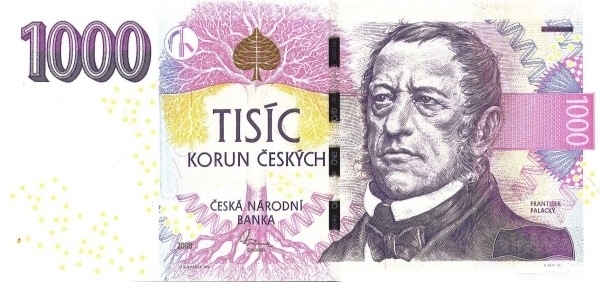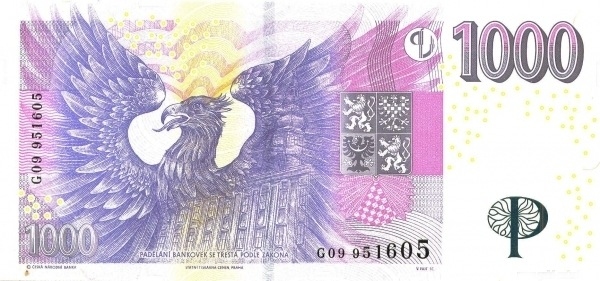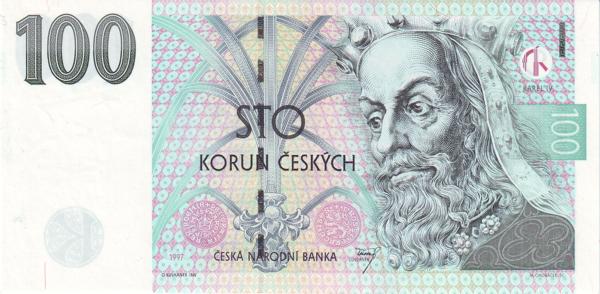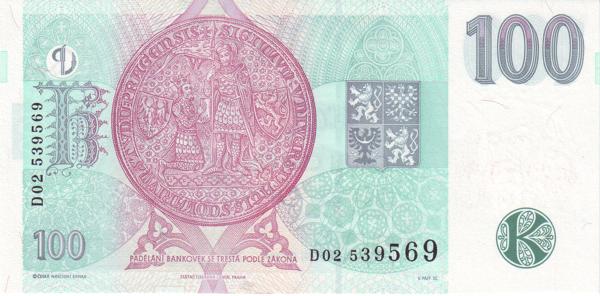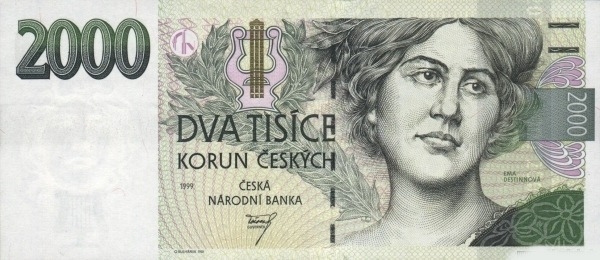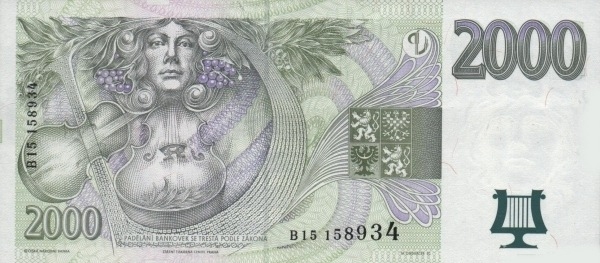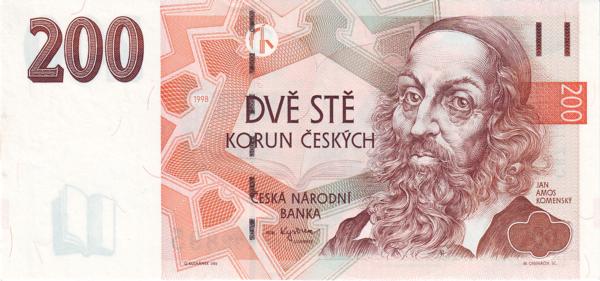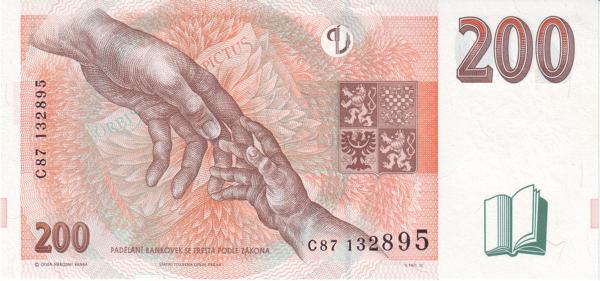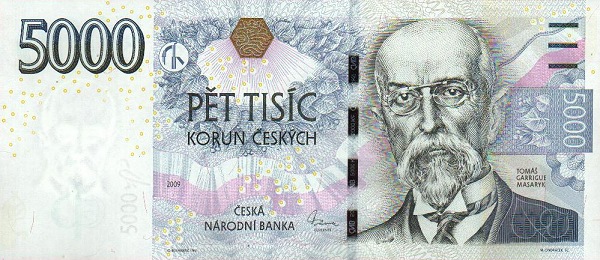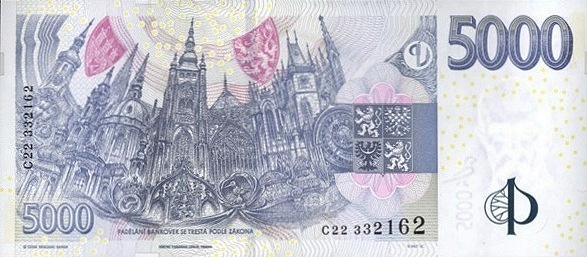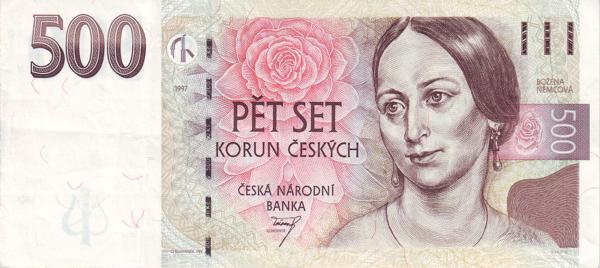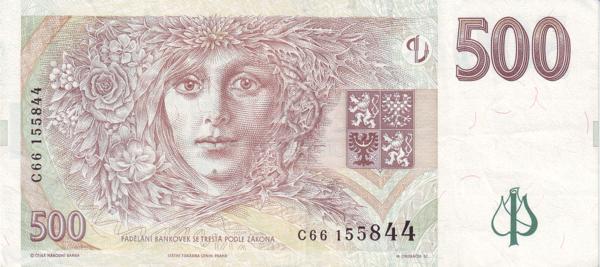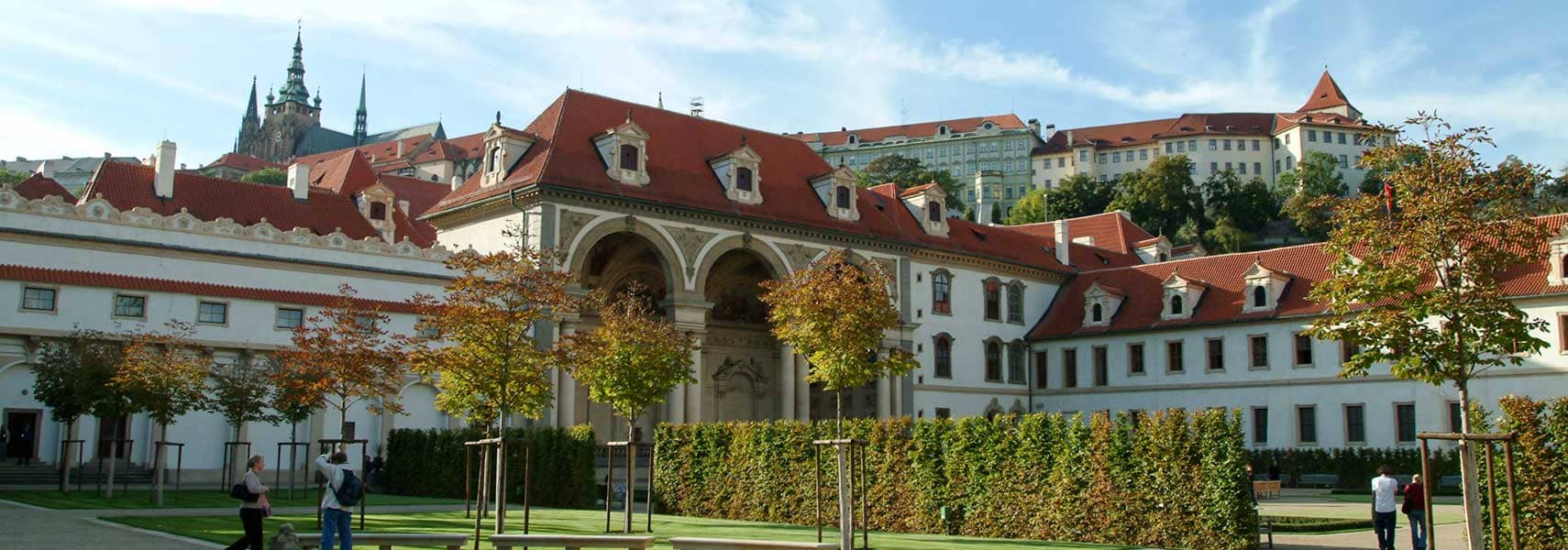Czech Republic: A Glimpse into the Heart of Europe
The Czech Republic, often referred to as Czechia, stands out as a captivating landlocked country located in Central Europe. It shares borders with Austria, Germany, Poland, and Slovakia, creating a diverse and culturally rich tapestry. Covering an area of 78,867 km², the Czech Republic is somewhat smaller than its neighboring Austria and just slightly less expansive than the U.S. state of South Carolina.
Population and Language
As of 2016, this charming nation boasts a population of approximately 10.56 million residents. The capital city, Prague, serves as both the political and cultural center of the Czech Republic. Within its borders, the prevalent language is Czech, which belongs to the West Slavic language group. This unique linguistic heritage adds depth to the nation’s cultural fabric.
Famous Landmarks and Cultural Heritage
Renowned for its picturesque landscapes and rich history, the Czech Republic is home to numerous treasures. For instance, Prague's historic center, a UNESCO World Heritage Site, mesmerizes visitors with its stunning architecture and vibrant atmosphere. Additionally, there are hundreds of castles, chateaus, and mansions scattered throughout Czechia, each telling its own story of the past.
The Brewery Legacy
Another highlight of the Czech Republic is its beer culture. The country is celebrated as the birthplace of Pilsner beer, with the city of Pilsen (Plzeň) leading the way. Craft breweries thrive here, offering an array of delicious flavors. Furthermore, the original Budweiser is brewed at the Budweiser Budvar Brewery, showcasing the exceptional quality of Czech brewing traditions.
Culinary Delights
Czech cuisine boasts a variety of unique flavors, with dishes like "syrečky," a delightful curd cheese that locals cherish. Moreover, traditional meals often incorporate hearty ingredients, ensuring satisfaction at every dining experience. As visitors explore the Czech Republic, they should undoubtedly indulge in the regional specialties that reflect the country’s cultural influences.
Admired Personalities of Czechia
The Czech Republic has produced many notable figures who have made significant contributions to various fields. For example, film director Miloš Forman and humanitarian Oskar Schindler are among the most recognized. Additionally, the realms of psychology and literature feature prodigies like Sigmund Freud, Antonin Dvorak, Franz Kafka, and Václav Havel. Moreover, the scientific community remembers Gregor Mendel, who laid the foundation for modern genetics.
Historical Overview of the Czech Republic
This fascinating nation has a storied past. Before World War I, it formed part of the Austro-Hungarian Empire. However, in 1918, the Czechs, alongside neighboring Slovaks, came together to establish the independent republic of Czechoslovakia. Then, during World War II, the country fell under Nazi occupation in 1939, resulting in a period of significant hardship.
The Cold War Era
After World War II, Czechoslovakia entered the Soviet sphere of influence and became a member of the Warsaw Pact. Notably, the year 1968 marked a pivotal moment in history when an invasion by Warsaw Pact troops crushed the aspirations of the nation’s leaders during the "Prague Spring" to liberalize Communist Party rule. Yet, in 1989, the Velvet Revolution peacefully restored freedom to Czechoslovakia, allowing the nation to reclaim its sovereignty.
A Velvet Divorce and New Beginnings
On January 1, 1993, the country underwent a "velvet divorce," resulting in the formation of two independent states: the Czech Republic and Slovakia. This transition marked a new chapter in the region's history, emphasizing the distinct national identities of each nation. Subsequently, in 1999, the Czech Republic joined NATO, followed by European Union membership in 2004, solidifying its place on the global stage.
Government and Geography
Today, the Czech Republic operates as a parliamentary republic. It was established on January 1, 1993, and has a constitution that was signed on December 16, 1992. Geographically, it sits in Central Europe, southeast of Germany. Covering an area of 78,864 km² (or 30,449 sq. mi.), the terrain presents a diverse landscape. Bohemia, located in the west, consists of rolling plains, hills, and plateaus, while Moravia in the east features hilly regions that entice nature lovers.
Climate Characteristics
The Czech Republic experiences a temperate climate, characterized by mild summers and cold, humid winters. Predominantly, west winds prevail, shaping the weather patterns throughout the year. This diverse climate contributes to the lush natural environment and outdoor recreational opportunities available to residents and tourists alike.
Demographics and Culture
In terms of demographics, the Czech Republic primarily identifies its population as Czechs, making up about 90.4% of the total. Other notable ethnic groups include Moravians, Slovaks, and Roma. The Czech Republic prides itself on its high literacy rate, which stands impressively at 99.8%, reflecting the importance placed on education and cultural advancement.
Natural Resources and Agriculture
The natural landscape provides the Czech Republic with vital resources, including coal, timber, and uranium. Agricultural production focuses on crops such as wheat, potatoes, and sugar beets, alongside livestock like pigs and poultry. This combination of resources enables the country to support its industries effectively.
Industries and Trade Relations
Industrially, the Czech Republic excels in metallurgy, machinery, motor vehicles, and glass production. It has forged strong trade relations with several key partners. For instance, Germany ranks as the largest export partner, accounting for 32.4% of all exports in 2015. Other important partners include Slovakia, Poland, the United Kingdom, France, and Austria.
Import Dynamics
When it comes to imports, Germany also takes the lead, representing 30% of all imports. Poland and China follow, contributing more than 9% and 8.3%, respectively. This interconnectedness not only strengthens the Czech economy but also fosters cultural exchanges throughout the region.
Largest cities of: Czech Republic
| City Name | Population | Year of foundation | |
| Prague | 1,301,137 | circa 870 | |
| Brno | 380,000 | 1243 | |
| Ostrava | 290,000 | 1267 | |
| Plzeň | 178,000 | 1265 | |
| Olomouc | 100,000 | 1230 | |
| Liberec | 100,000 | 1250 | |
| Zlin | 75,000 | 1348 | |
| Most | 65,000 | 1200 |
Czech Republic: Money
